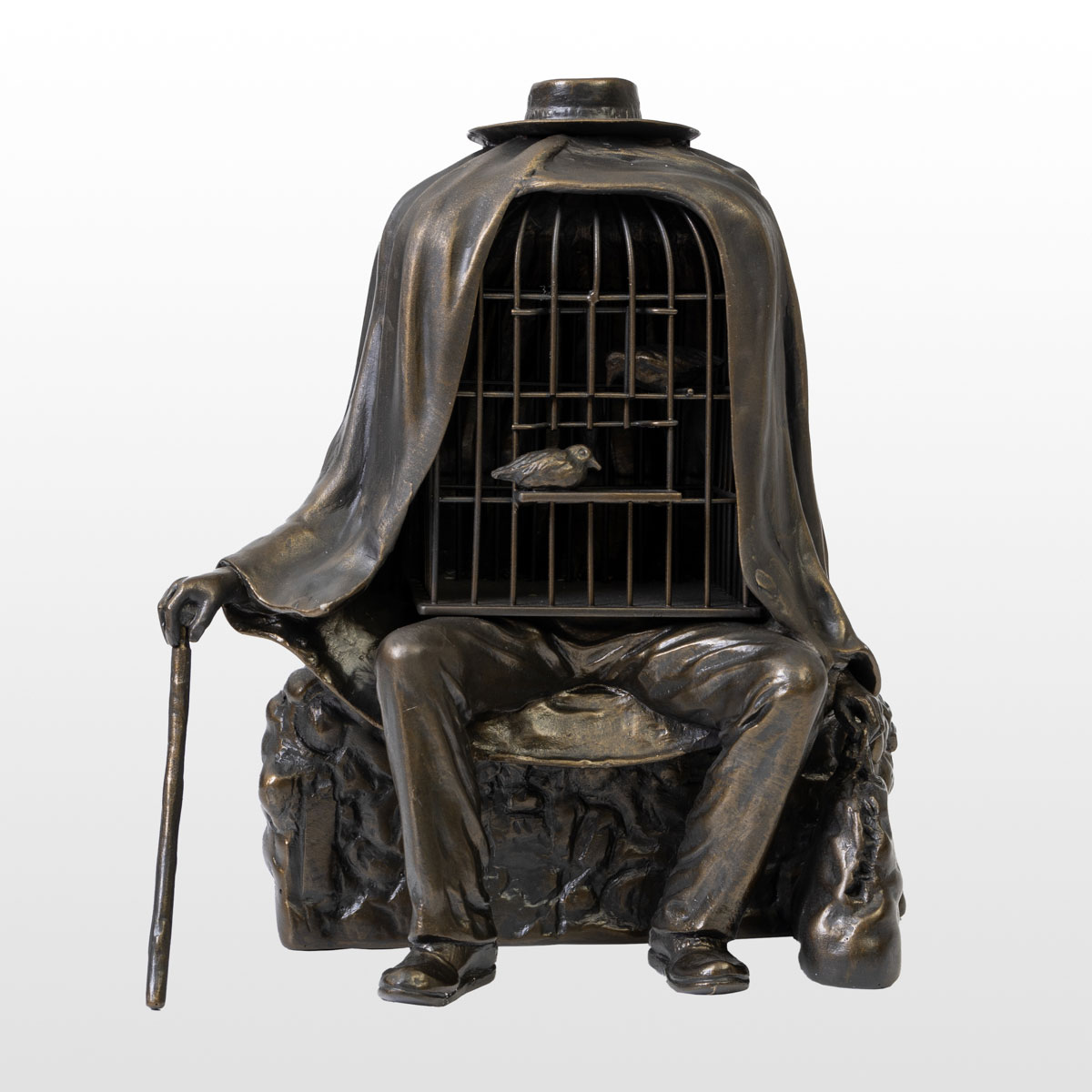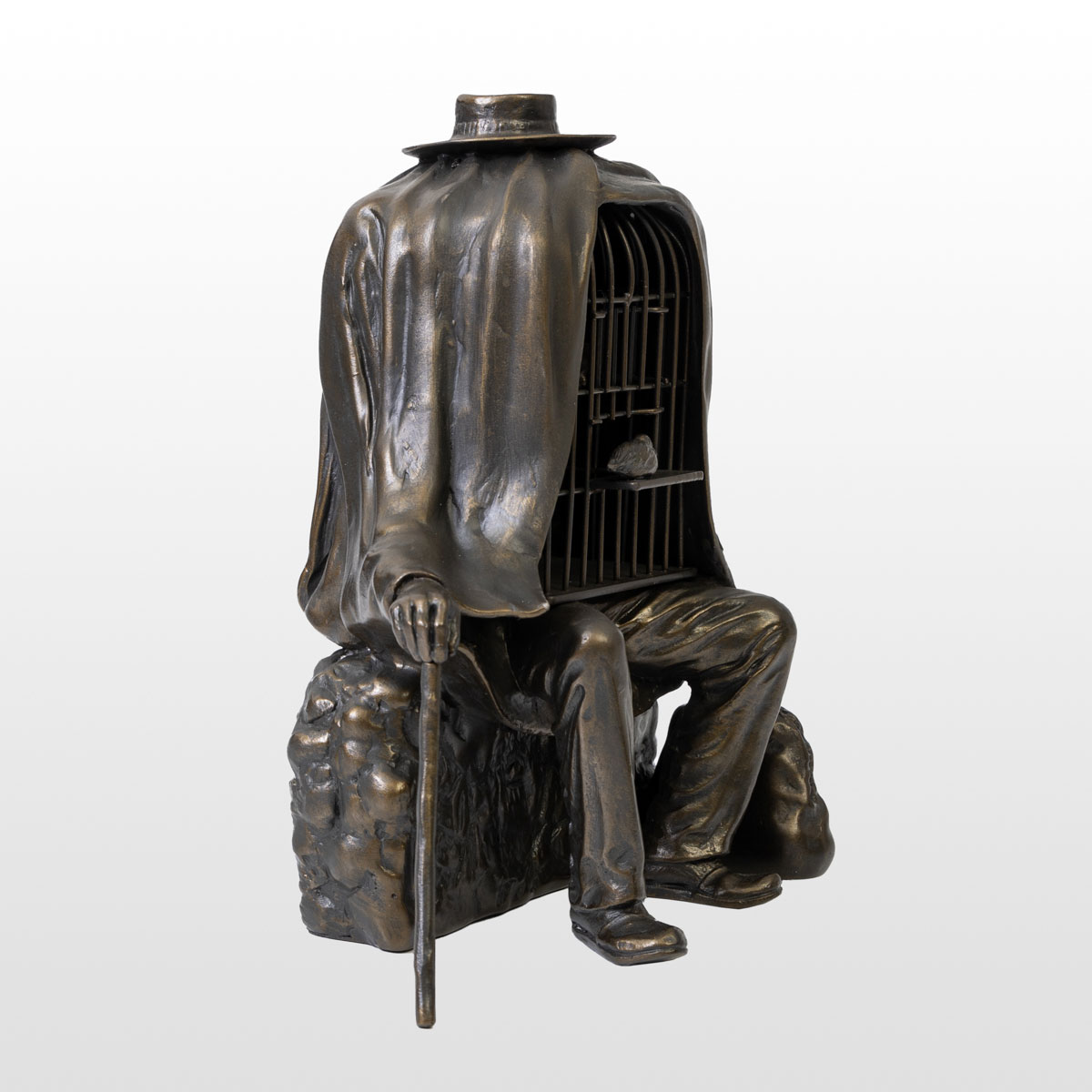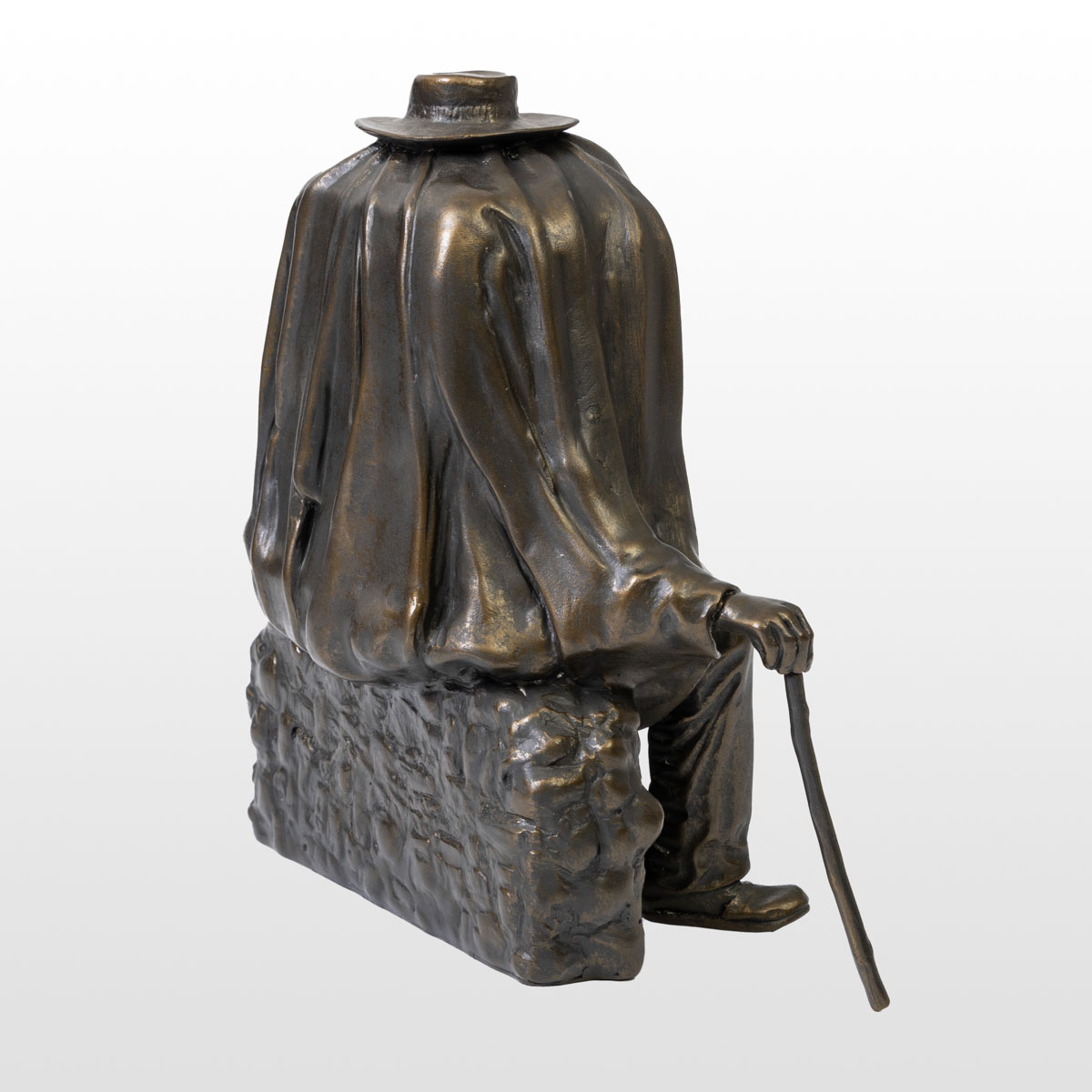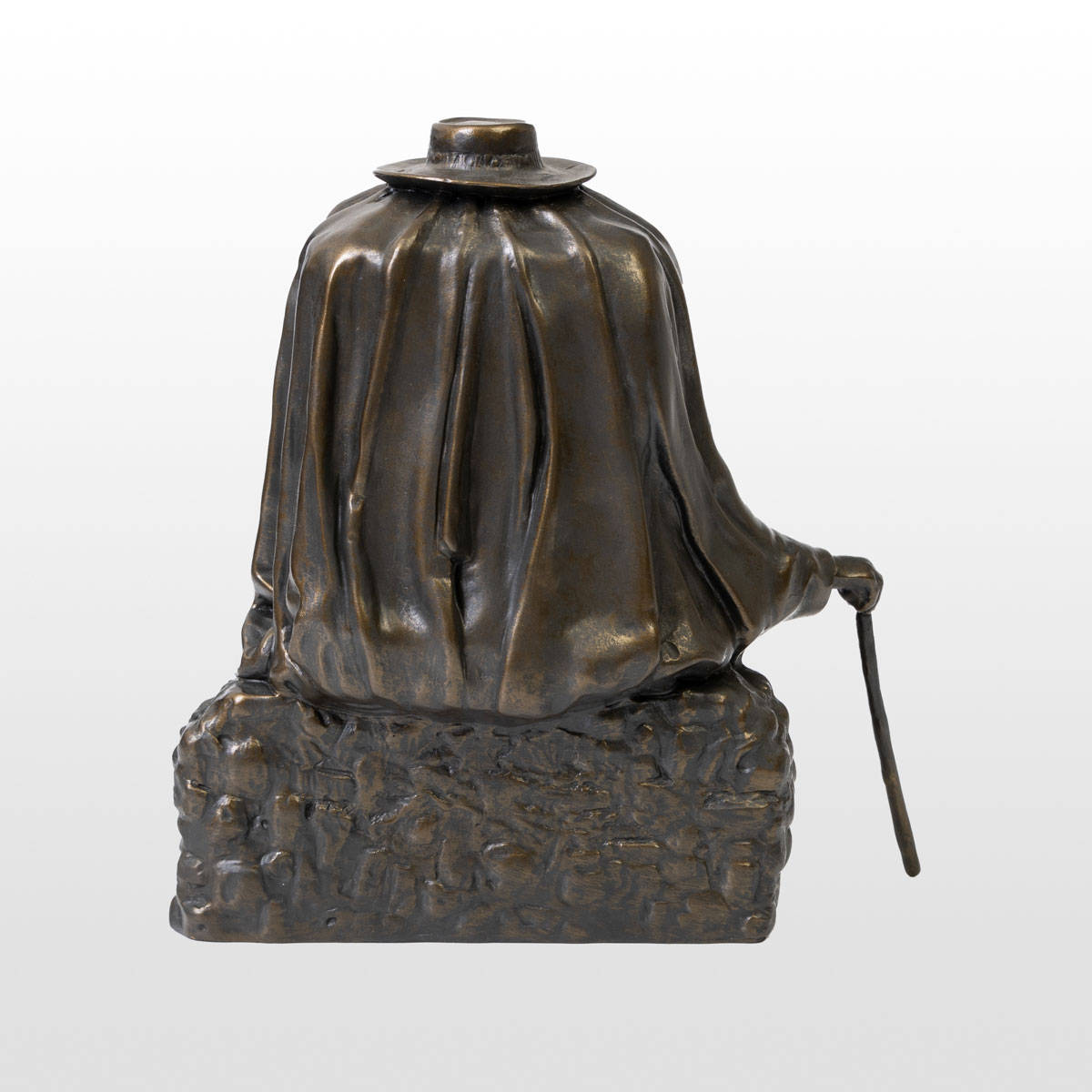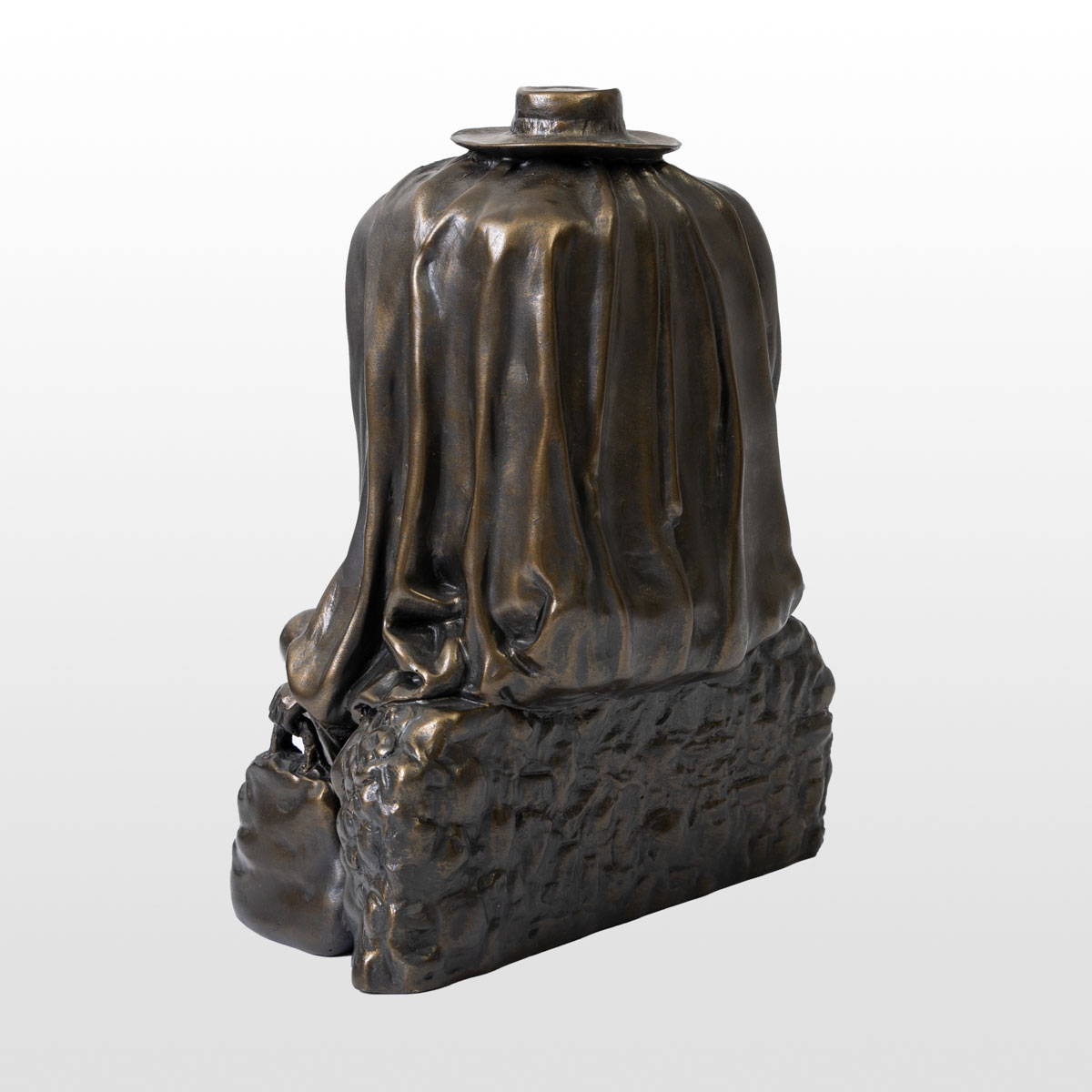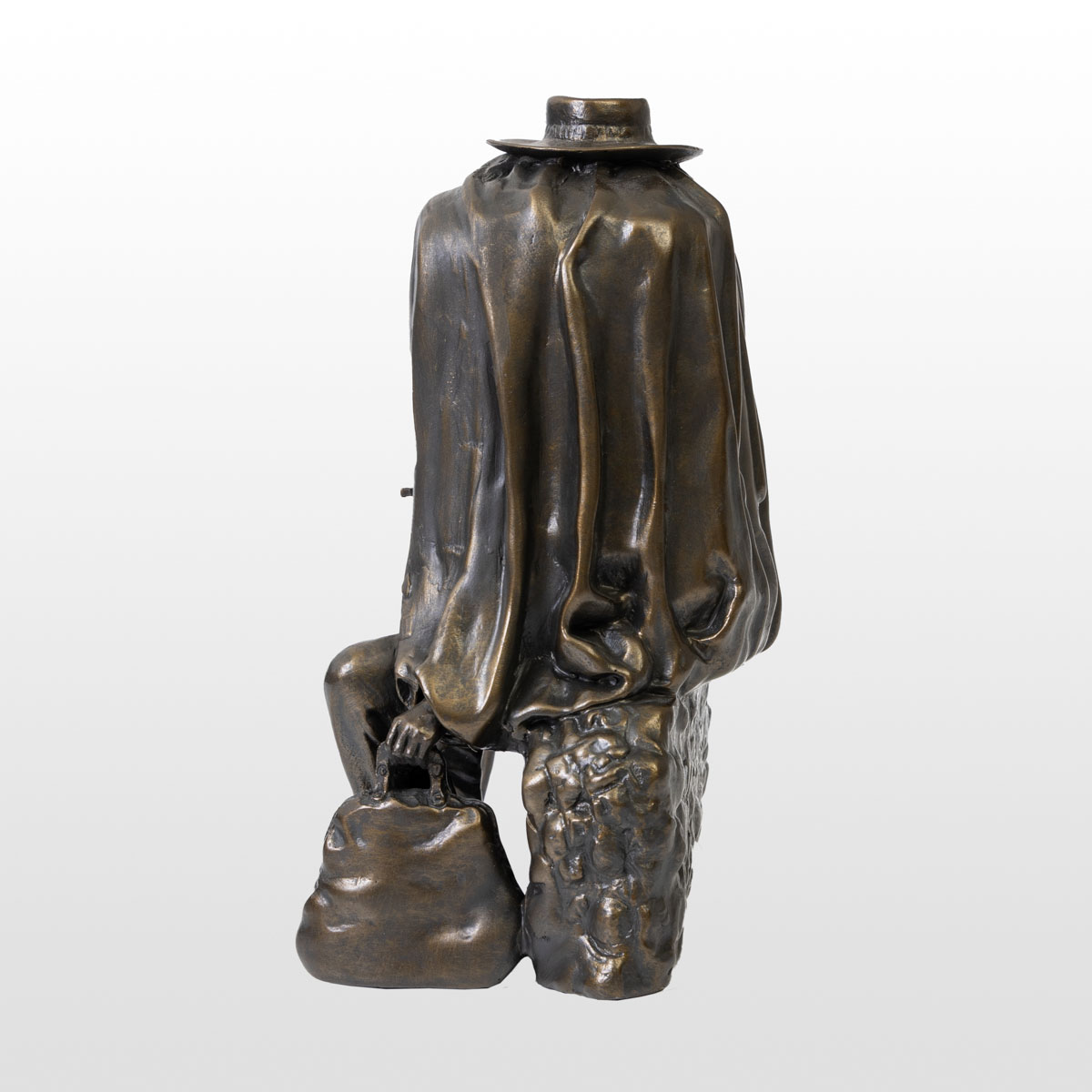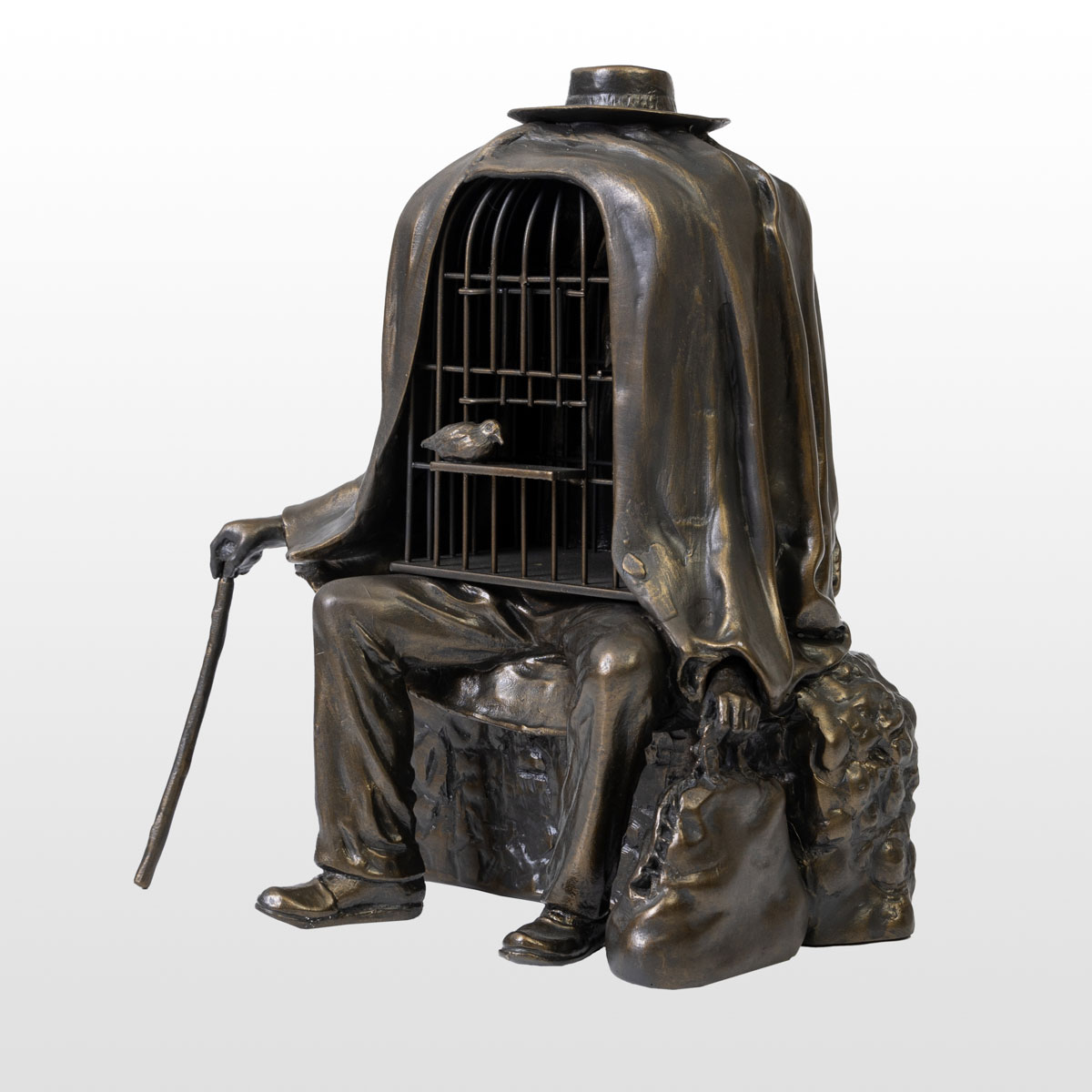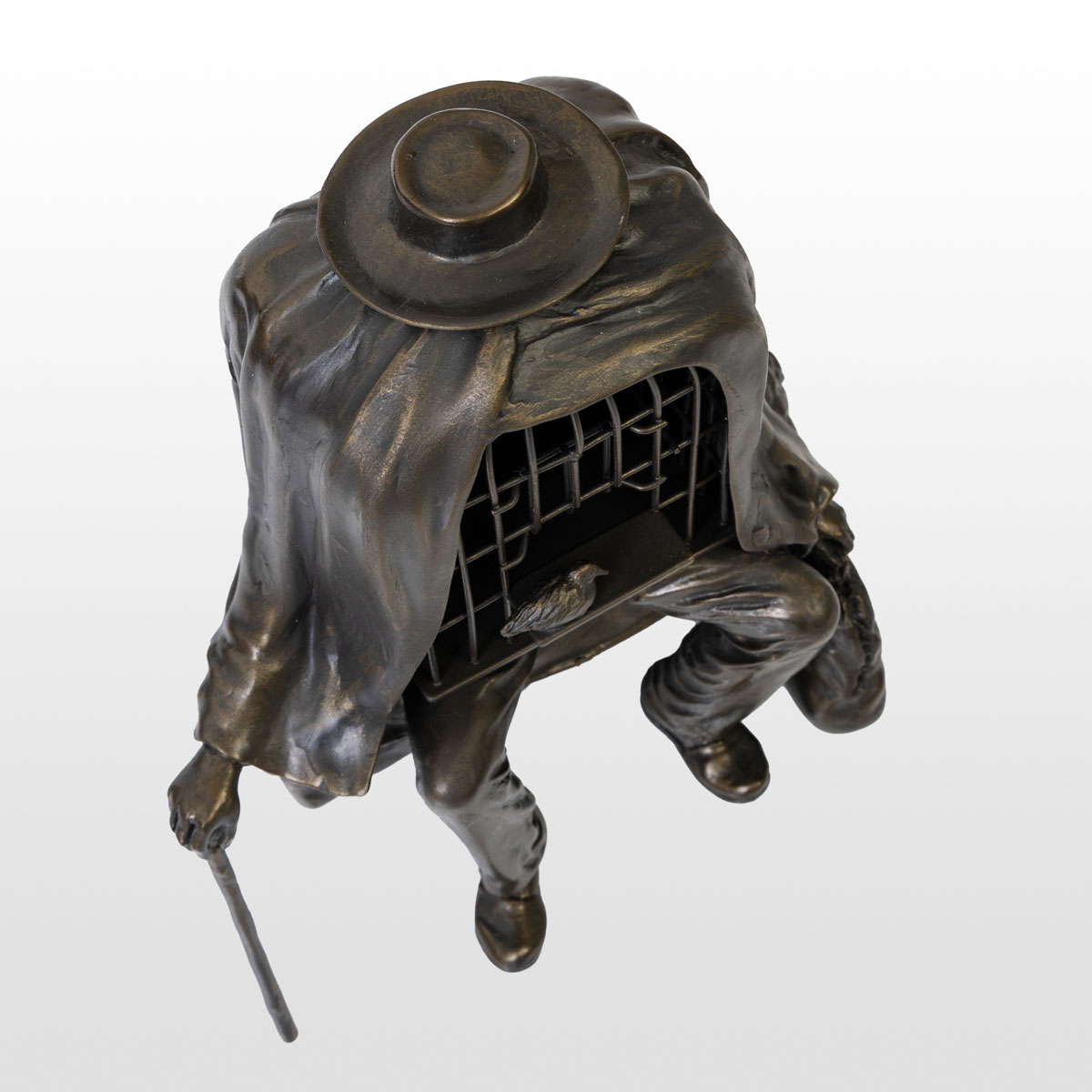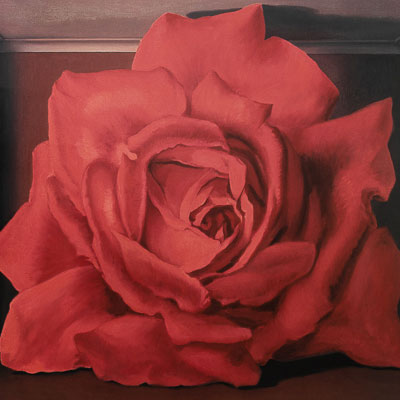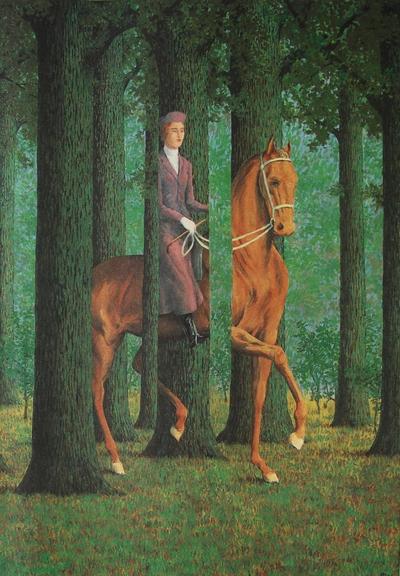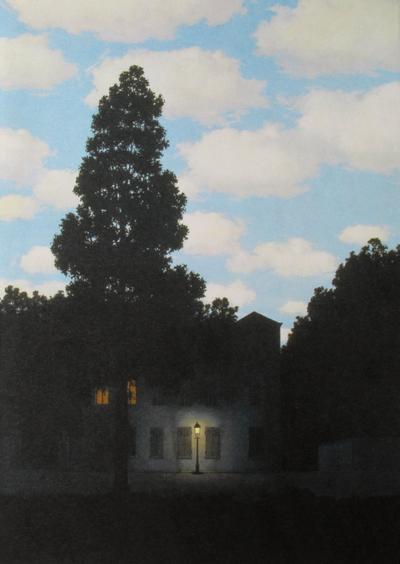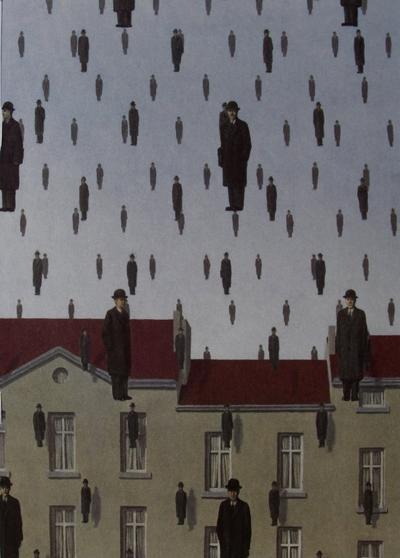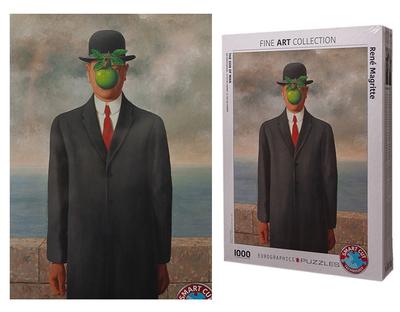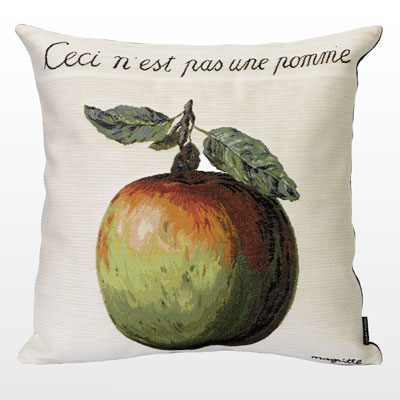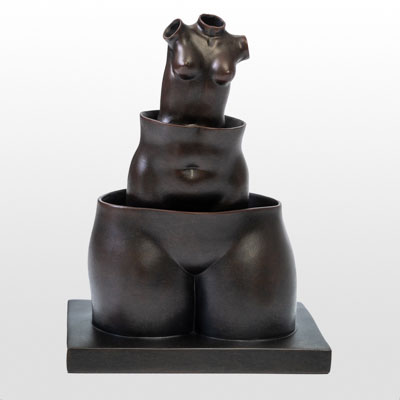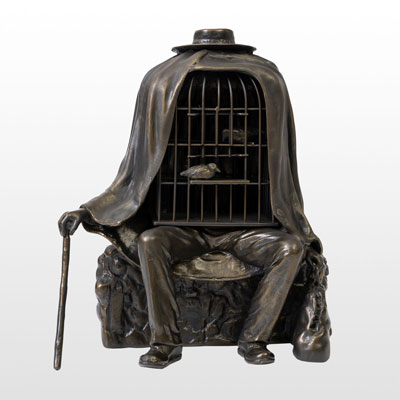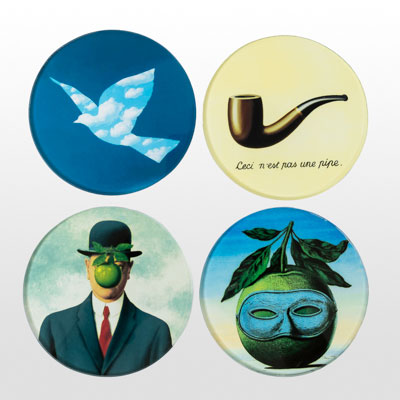Tel : (+33) 4 94 63 18 08
9am - 6pm from Monday to Saturday
All products René Magritte • Products of the topic Surrealism
René Magritte figurine : The Healer (Le thérapeute)
REF : RM-FIG-02
In stock
Only 1 in stock
Unavailable
165,00 €
René Magritte figurine : "The Healer (Le thérapeute)"
Made from the original bronze sculpture measuring 149 x 127 x 90 cm, created in 1967 and which had been produced in 5 numbered copies + 1 Artist's Proof.
It is a three-dimensional elaboration of his painting "God, the Eighth Day", painted in 1937.
This high-quality art reproduction is a unique collectible item from our "Surrealism" collection.
It comes with its Parastone manufacturing certificate.
Material: Stone and marble powder with resin
H: 20,5 cm
L x W: 17 x 11 cm
Weight: 1585 g
Surrealism
Surrealism is an artistic and literary movement that emerged in the early 20th century, primarily in Europe. It was founded by André Breton, who published the "Surrealist Manifesto" in 1924, defining the principles and goals of the movement. Surrealism was inspired by the ideas of Sigmund Freud on the unconscious and focused on the exploration of the unconscious and the subconscious, often through the use of automatism techniques (writing or painting without consciously thinking). In painting, surrealism manifested itself through the use of strange or irrational motifs and symbols, as well as the incorporation of surprising or incongruous details in the paintings. Among the famous surrealist artists in painting are Salvador Dali, Frida Kahlo, Rene Magritte and Max Ernst. Salvador Dali is a Spanish surrealist artist known for his surrealist paintings. One of his most famous works associated with surrealism is "The Persistence of Memory" (1931). Dali also created many other surrealist works, such as "The Dream Caused by the Flight of a Bee Around a Pomegranate a Second Before Awakening" (1944) and "The Great Masturbator" (1929). Rene Magritte is a Belgian surrealist artist known for his paintings that play with perspective and visual illusions. One of his most famous works is "The Treachery of Images" (1929), where he painted a pipe saying "This is not a pipe". Magritte also created many other surrealist works, such as "The Human Condition" (1933) and "The Empire of Lights" (1954). Max Ernst is a German surrealist artist known for his paintings filled with strange and dreamlike motifs. One of his most famous works is "Europe After the Rain II" (1940-42). Surrealism had a significant impact on 20th century art and culture and continues to influence many artists around the world. The movement paved the way for new forms of artistic expression by highlighting the importance of the unconscious and encouraging the use of automatism techniques. Many artists were influenced by surrealism and continued to explore these themes in their works, even after the end of the movement in the mid-20th century.
Discover the artist
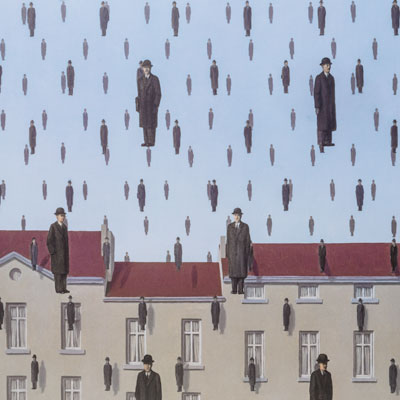
Magritte René
René Magritte was a Belgian Surrealist artist known for his surrealist paintings and conceptual works. Born on November 21, 1898 in Lessines, Belgium, Magritte grew up in a family of textile merchants. His mother passed away when he was 14, which deeply impacted his life and work. Magritte began his artistic career in 1915 by attending the Royal Academy of Fine Arts in Brussels. He was also influenced by the works of Giorgio de Chirico and Pablo Picasso. In 1922, Magritte joined the Surrealist movement and began producing works that played with the unconscious and perception of reality. His work has been exhibited in numerous galleries and museums around the world, including the MoMA in New York and the Centre Pompidou in Paris. Some of his most famous works include "The Treachery of Images" (1929) and "The Empire of Lights" (1954). Magritte passed away on August 15, 1967 in Schaerbeek, Belgium.
